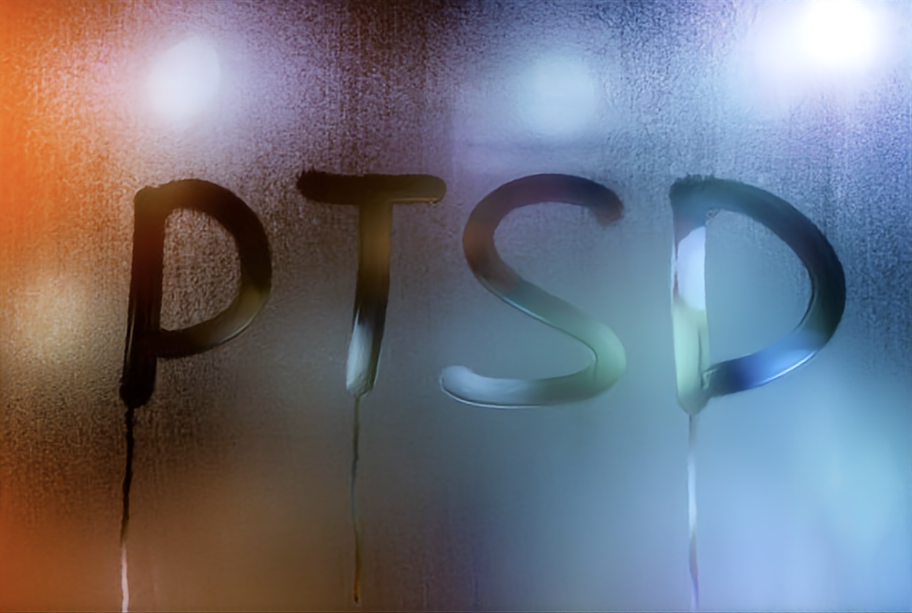
When PTSD (Post-Traumatic Stress Disorder) first entered my life, it felt like a tidal wave—overwhelming and confusing. Navigating through this mental health condition has been a challenging yet enlightening experience, and my hope is that by sharing my journey, I can offer insights to others on a similar path.
What is PTSD?
PTSD is a mental health disorder triggered by experiencing or witnessing traumatic events, such as natural disasters, serious accidents, assaults, or combat. Its effects can profoundly impact daily life, often surfacing unexpectedly.
The Origins of PTSD
Historically, PTSD was most commonly associated with soldiers returning from war, referred to as “shell shock” or “combat fatigue.” But we now know PTSD doesn’t discriminate—it can strike anyone, regardless of the type of trauma they’ve faced.
Recognizing the Symptoms of PTSD
Understanding the symptoms is key to recognizing PTSD, both in yourself and others. These symptoms usually fall into four main categories:

1. Intrusive Memories: Distressing memories or flashbacks that make you relive the trauma. This can include nightmares or intense reactions to reminders of the event.
2. Avoidance: Steering clear of places, people, or activities that trigger memories of the trauma. You may find yourself shutting down or refusing to talk about it.
3. Negative Changes in Thinking and Mood: Persistent feelings of negativity, hopelessness, and detachment from loved ones.
4. Changes in Physical and Emotional Reactions: Symptoms like feeling jumpy, struggling with sleep, or experiencing unexplained anger and irritability.
My Journey with PTSD
My battle with PTSD began after a car accident. Initially, I dismissed my flashbacks as normal stress. However, when nightmares became relentless and even car horns triggered panic, I realized I needed help. Acknowledging PTSD was both a relief and a hurdle—it marked the start of my recovery.

The Turning Point
Acknowledging PTSD was the first, and possibly hardest, step. I learned that seeking help didn’t make me weak; it made me stronger. That realization transformed how I approached my healing.
How I Manage PTSD: 4 Strategies That Worked
Coping with PTSD requires a multi-layered approach. Here’s what worked for me:
1. Professional Help: Therapies like Cognitive Behavioral Therapy (CBT) and Eye Movement Desensitization and Reprocessing (EMDR) were transformative. CBT helped untangle negative thought patterns, while EMDR allowed me to process trauma effectively.
2. Building a Support Network: I leaned on friends and family and sought a PTSD support group. Sharing my experience with others who understood was invaluable.
3. Prioritizing Self-Care: Regular exercise, healthy eating, and sleep became essential. Mindfulness practices like meditation helped me stay grounded.
4. Embracing Mindfulness: Activities like yoga and deep breathing helped manage anxiety, bringing me back to the present.
Final Thoughts: Healing is Possible

Living with PTSD is tough, but healing is within reach. Through therapy, support, and self-care, it’s possible to reclaim your life. My journey has been central to my recovery, and I encourage anyone struggling with PTSD to take that first step toward healing.
You’re not alone. Help is available, and recovery is possible. Together, we can build a society that understands and supports those affected by PTSD, fostering healing and hope for all.
